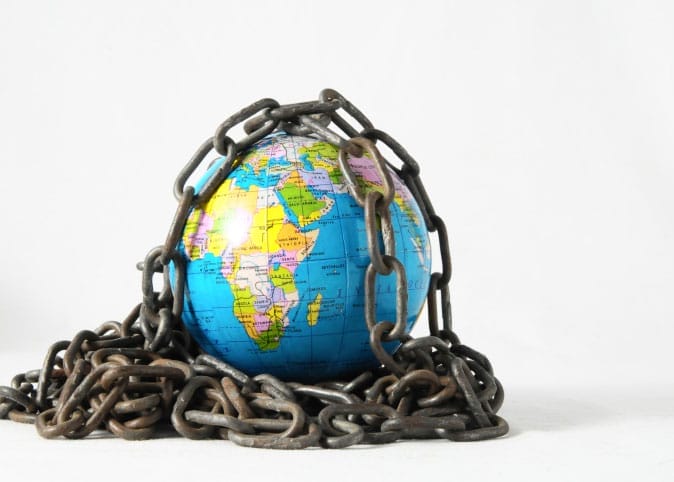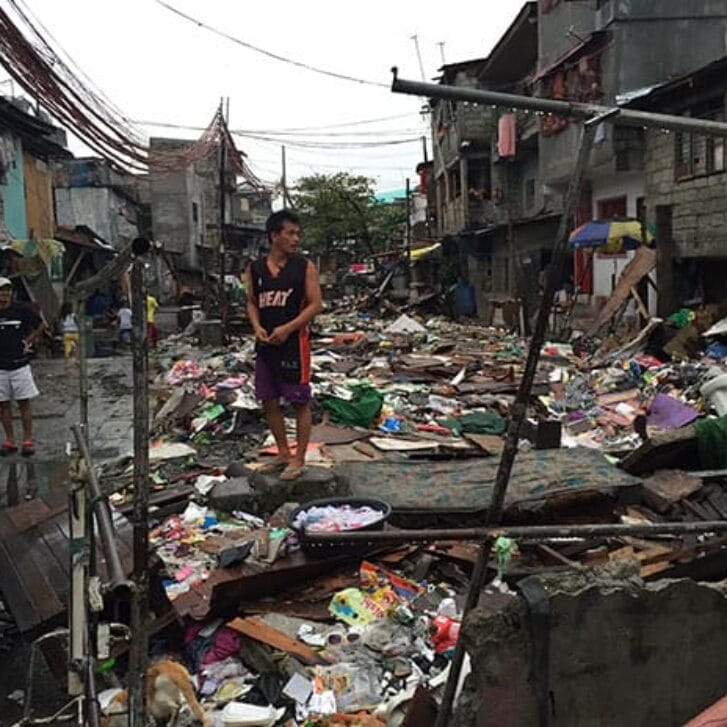Plastic is one of the most useful and important materials in modern society. Without the vast range of products and technologies it enables, life would be difficult. Yet the environmental impacts of plastic cannot be ignored. Concerns are growing about its effect on the world’s ecosystems. Plastic impacts our waters, health, tourism and fishing when it reaches our environment, increasing the external costs to our communities as plastic consumption continues to rise. As I have written before (read “Plastic Pollution Solutions”), business operations may be missing out on beneficial value creation by failing to manage plastic as a valuable material at the end of its initial intended life.
Valuing Plastic—The Business Case for Measuring, Managing and Reporting Plastic Use in the Consumer Goods Industry is a seminal report written by the Plastic Disclosure Project (PDP), Trucost and the United Nations Environment Program, on the natural capital cost of plastic. This report is a watershed document that we hope the global community of sustainability professionals, asset managers and brand owners become familiar with.
As the co-founder of the PDP, launched at the Clinton Global Initiative, I am excited because the report is based on conservative, publicly available data, and it helps to create a baseline for external costs associated with a product that is often claimed to be the solutions to many ills related to climate change due to its light weight and durability. Though this is true, new problems are being created right under our noses because as a society we believe that simple disposal is enough to “negate” the material’s existence once its initial life has finished.
The Valuing Plastic report shows that the cost of consumer goods plastic used by our communities and the environment is over $75 billion per year. This new cost of plastic metric will allow justification in investment, design, innovation, recycling and solutions with regard to plastic use and its management as a resource. When this value is allocated to the consumer goods sector’s use of plastic, roughly 100 million tons a year, it would approximately double the cost of plastic for that sector.
The goal of the Valuing Plastics report is to help companies manage the opportunities and risks associated with plastic use. It articulates the business case for companies to improve their measurement, disclosure and management of plastic in their designs, operations and supply chains. To provide a sense of scale, the report sets out to quantify the physical impacts of plastic by translating it into monetary terms. This metric can be seen as the current value-at-risk to a company, should these external impacts be realized internally through mechanisms like strengthened regulation, loss of market share or higher prices of raw materials and energy. The metric can also be used to help understand the magnitude of the opportunities and the tangible benefits of using plastic in a sustainable way.
The analysis identifies a range of risks and opportunities facing companies that are intensive users of plastic, including the impact of tougher legislation such as bans on disposable plastic bags, carbon pricing schemes, brands targeted by campaigns over their association with plastic litter, cleanup costs and disruption to the plastic supply chain caused by resource scarcity and price volatility. Institutional investors are also exposed to the costs of plastics through the shares they own in these companies, as well as to the project finance they provide. Pension funds, for instance, have a fiduciary duty to protect the value of their investments.
Opportunities related to better plastic management include cutting costs through more efficient use of plastic, developing new revenue streams through ”closed loop” business models that recover plastic as a useful resource and winning customers by demonstrating more sustainable products.
As discussions across industries about creating circular economies increase, we hope that this report will be the “new chapter” that launches the snowball of innovation, change and job creation that will be associated with reverse supply chain optimization and, essentially, the end of the word “waste” (replaced with the word “resource”). We hope to create future reports within different industries, and that dive deeper into particular segments of the consumer goods industry.
These days, “waste” is still not a sexy category that competes with clean-tech and other high-profile tech innovations, but its day has come. The resources we like to forget about today are the differentiating factors that can excel operations, brand value and community engagement for companies that look at themselves in the mirror and redefine themselves for the resource-constrained planet that we all call home.
Editor’s note: Download a copy of Valuing Plastic and let Doug know below your viewpoints on resource management and corporate sustainability efforts.


























